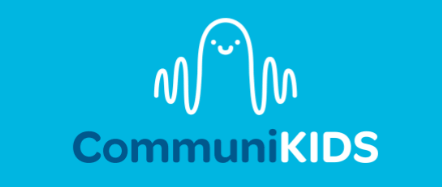Following A Child’s Lead
Child-led play is an integral part of early language therapy, and following the child’s lead is often found within an early intervention speech therapy session. It requires the child’s communication partner to pause, wait and observe. This allows for the communication partner to notice a number of things, including the current object/toy holding the child’s attention and what the child may be attempting to communicate. When children take the lead in play, it helps to create a meaningful, motivating environment for them to learn. The child is more likely to be motivated to communicate as well as fostering social connection and participation.
Following a child’s lead can also be implemented at home to create meaningful language learning environments to support language development. This may look different depending on the individual child. Here are some tips to follow your child’s lead effectively in play:
Consider your child’s interests. Do they love books, blocks or dolls? Is there a special interest they have, or do they love to get messy outside? For some children, play may also look very different to what we often consider ‘typical’ play. Rather than books, your child may love gathering pencils and dropping them one by one onto the floor, or may find enjoyment in collecting spoons from around the house. While this may not match many of our ideas of what play is, if it is engaging for your child, it is worth doing with them!
Be flexible. One of the earliest lessons learnt by therapists is that flexibility is one of the most important skills you can have. Children do not often like to follow plans or rules, so it’s important to see what interests them about the activity or game and follow their lead. Yes, that may mean the extensive train track you spent three hours setting up goes ignored in favour of pushing the train up and down the chair. In the end, your child is more likely to pick up language around the activity they choose and are motivated by then an activity we’re having to push them into trying.
Choose target words. Have a think about what you’re trying to achieve - are there particular words or word type you want your child to start using? Is there something you’ve been working on in speech therapy? Write down a short list of the words and think about how you can incorporate them into the activity. Again, be flexible - don’t choose words that can only be used in one specific way as, if your child decides they don’t want to do it that way, those words won’t be able to be used in a meaningful way. Core words like more, want, go and stop, or verbs are usually a good place to start.
Have choices available. When setting up an area for your child to play in, or beginning play with your child, give them 2 - 4 options to choose between. This will help ensure the play is meaningful and motivating to them!
Often, the first step to language is engagement. The perfect way to do that is by setting up an environment that is positive, meaningful and joyful for the child!

